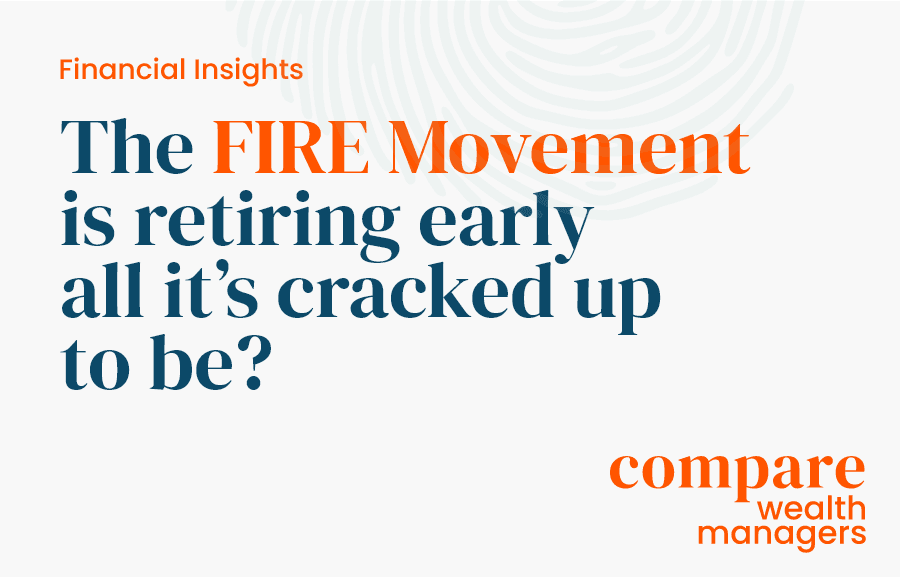As the digital currency landscape continues to evolve, one event stands out as a significant milestone for Bitcoin investors and enthusiasts alike – the Bitcoin halving. Scheduled to occur on April 20, 2024, this event is poised to have far-reaching implications for the world's most popular cryptocurrency.
Bitcoin halving, often referred to as "the halving," is a pre-programmed event built into the Bitcoin protocol. It occurs approximately every four years and entails a 50% reduction in the reward that miners receive for validating transactions on the Bitcoin network. This reduction means that the rate at which new Bitcoins are created decreases, ultimately leading to a decrease in the overall supply of Bitcoin.
Many are unaware that the supply of their local currency can change drastically at the drop of a hat. As Forbes explains, following the COVID-19 pandemic, central banks bolstered their local economies worldwide by flooding the financial system with newly minted fiat currency. As an example, Forbes discloses that more than one-fifth of all US Dollars in circulation were created in 2020 alone.
Even though it was a temporary solution to prevent the collapse of the world economy, the excessive "money printing" has long-term consequences. The increase in the quantity of fiat currency has led to high inflation, which has affected numerous economies worldwide and sharply increased the cost of living for people everywhere. In contrast to the printing option, the quantity of Bitcoins has always been limited: there will never be more than 21 million. As of right now, more than 19.66 million bitcoins have been mined, leaving slightly under 1.4 million to be released into circulation out of the total 21 million. The Bitcoin protocol "halve[s]" the amount of new coins that miners are awarded on a regular basis.
The upcoming halving event, set to occur on April 20th. 2024, marks the fourth such occurrence since Bitcoin's inception in 2009. Previous halvings, which took place in 2012, 2016, and 2020, have historically been associated with significant price rallies for Bitcoin. These rallies are often driven by a combination of supply-side dynamics and increased investor interest in the digital asset.
How Does Bitcoin Halving Work?
All Bitcoin transactions are verified by a decentralised network of validators through a process known as mining. When they are the first to validate a block of transactions, they are paid 6.25 BTC as part of the Bitcoin blockchain's proof-of-work method, which involves employing difficult mathematics.
A good incentive for miners to keep adding blocks of Bitcoin transactions is 6.25 BTC, which at the current value of the cryptocurrency will be worth roughly USD 410,000 in March 2024.
Roughly every ten minutes, new blocks of transactions are added, and after every 210,000 blocks, the Bitcoin code dictates that miners' earnings are reduced in half. This occurs about every four years around times when the price of bitcoin is typically more volatile.
Why does the “Bitcoin Halving” event occur?
November 2012 saw the first bitcoin halving. The subsequent halving occurred in July 2016, while the latest one took place in May 2020. According to Forbes, when Bitcoin was first established in 2009, the mining incentive, or subsidy, was set at 50 BTC every block. For every new halving, the amount decreases by half. The reward for mining Bitcoin, for example, decreased to 25 BTC for each block following the first halving.
One of the key factors contributing to the price rally surrounding Bitcoin halving events is the concept of supply and demand. With the supply of new Bitcoins being cut in half, there is a reduction in the rate at which new coins enter circulation (everything else being constant). This reduction in supply, combined with sustained or increased demand, can create upward pressure on the price of Bitcoin.
Moreover, Bitcoin halving events often catalyse renewed media attention and investor speculation. As the date of the halving approaches, mainstream media outlets frequently cover the event, bringing Bitcoin to the forefront of public consciousness. This increased exposure can lead to a surge in investor interest and trading activity, further driving up the price of Bitcoin. David Weisberger, CEO of trading platform CoinRoutes, told Forbes that currently, Bitcoin has an inflation rate of less than 2%, which will decrease to less than 1% following the halving in April 2024.
The final halving will happen in 2140. There will be 21 million Bitcoins in use at that time, and no more will be produced. Miners will only continue to get transaction fees from users who make transactions on the blockchain after that.
Can we predict the rise and fall of the Bitcoin?
Despite the repetition and the attention this event gets, it's important to note that past performance is not indicative of future results, and Bitcoin markets are notoriously volatile. While previous halving events have been accompanied by price rallies, there is no guarantee that the same pattern will repeat itself in 2024. Investors should exercise caution and conduct thorough research before making any investment decisions.
Additionally, the long-term implications of Bitcoin halving events extend beyond short-term price fluctuations.
What does this event mean for investors?
Bitcoin halving events underscore the decentralized and self-regulating nature of the Bitcoin network. Unlike traditional fiat currencies, which are subject to the whims of central banks and government policies, Bitcoin operates according to a predetermined set of rules encoded in its protocol. The predictability and transparency of the halving process contribute to Bitcoin's appeal to some investors as a sort of protection or barometer of times of economic uncertainty.
We asked Blu Family Office for their take on the Bitcoin halving event: “As early investors in cryptocurrencies, we have obviously experienced a lot of volatility over the years. Events, such as Bitcoin halving or the SEC approving the physical Bitcoin ETF, have certainly contributed to this volatility both in terms of investors anticipating price changes, but then also taking profits after the fact. As such, speculating on events as a means to get exposure to the asset class is quite a risky investment strategy. There are many other reasons to invest in cryptocurrencies, or not, and that is the appeal of the asset class and financial markets more generally.”
The upcoming Bitcoin halving scheduled for mid April, 2024, represents a significant milestone for the cryptocurrency market. While past halving events have been associated with price rallies and increased investor interest, the future trajectory of Bitcoin remains uncertain. Investors should approach the halving event with caution and diligence, keeping in mind the potential risks and rewards associated with cryptocurrency investing. Seeking professional advice can be the best way to approach investments in volatile markets, to make sure your investments are less vulnerable to sudden changes in the market.




